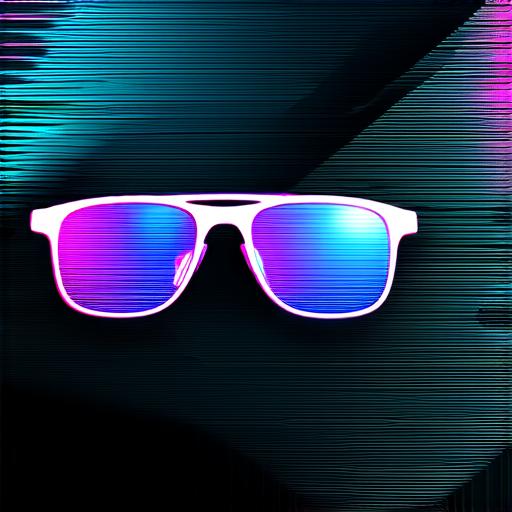What is Augmented Reality?
Augmented Reality (AR) is a technology that overlays digital content onto the real world. This digital content can include images, videos, sounds, and even interactive elements. AR has a wide range of applications in fields like education, gaming, advertising, and more.
Why Augmented Reality on Android?
Android devices are extremely popular, with over 2.5 billion active users worldwide. By implementing AR on these platforms, developers can reach a massive audience and create unique and engaging experiences. In addition, Android has a wide range of tools and resources for developers, making it easy to get started with AR development.
Step-by-Step Guide to Implementing AR on Android Devices
1. Choose Your AR Development Framework
There are many AR development frameworks available for Android, including Vuforia, Wikitude, and ARCore. Each of these frameworks has its own strengths and weaknesses, so it’s important to choose the one that best fits your needs.
2. Create Your 3D Models
To create an AR experience, you’ll need 3D models of the objects you want to overlay on the real world. These models can be created using tools like Blender or Maya. It’s important to make sure your models are optimized for AR, as they will be displayed on a device with limited processing power.
3. Develop Your AR Experience
Once you have your 3D models and framework chosen, it’s time to start developing your AR experience. This involves coding the behavior of your objects and how they interact with the real world. It’s important to test your experience thoroughly to ensure it works as intended.
4. Publish Your AR Experience
Once you’ve developed your AR experience, you can publish it on the Google Play Store for other users to download and use. Make sure to include clear instructions and a preview of your experience in your listing to attract users.
Real-Life Examples of AR on Android Devices
1. IKEA Place
IKEA Place is an AR app that allows users to place virtual furniture in their homes to see how it would look before making a purchase. The app uses Vuforia, an AR development framework, and has been downloaded over 50 million times.

2. Pokémon GO
Pokémon GO is an AR game that has taken the world by storm. Players use their smartphones to catch virtual creatures in real-world environments. The app uses ARCore, Google’s own AR development framework, and has been downloaded over 500 million times.
3. Snapchat Filters
Snapchat filters are a popular feature of the app that allows users to add virtual elements to their photos and videos. The app uses ARKit, Apple’s AR development framework, and has been downloaded over 2 billion times.
Expert Opinions on AR on Android Devices
“AR is a game-changer for mobile apps,” says John Carmack, co-founder of id Software. “By overlapping digital content onto the real world, developers can create more immersive and engaging experiences.”
“AR has enormous potential in fields like education and training,” says Dr. David Heyer, Director of the Augmented Reality Lab at the University of Nottingham.
